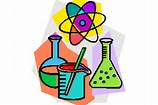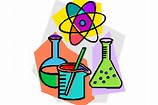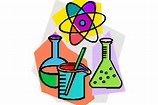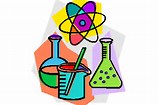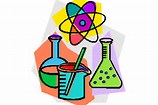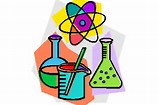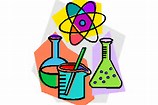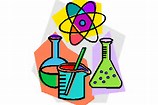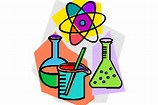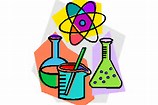-
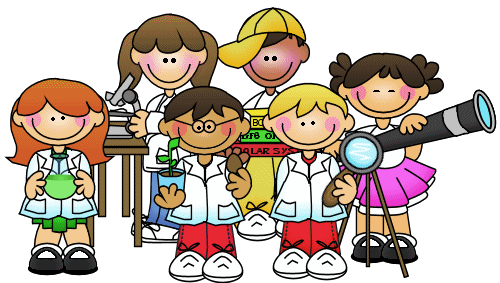

Due November 18, 2024
Each project must have the following three (3) items:
1. A Log Book: This is like a journal, it is to be done FIRST. It is a notebook where you record everything that you will put in your formal report. You can only complete your Tri-fold board and write your formal report AFTER you complete your log book.
AND
2. A Formal Report template (example): This is a copy of the logbook, research, results, and conclusion neatly written or typed link
AND
3. Tri-Fold display board Display Board
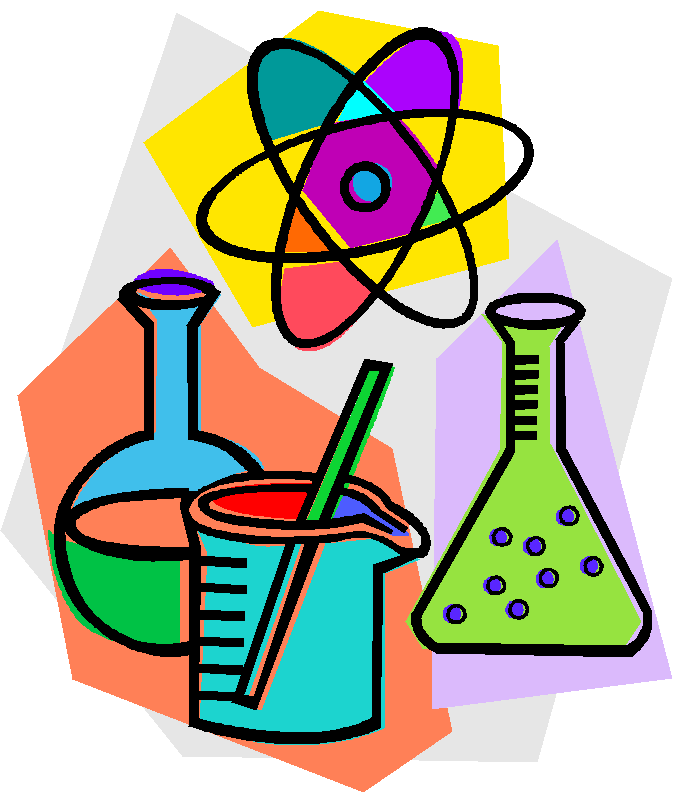 Science Project Ideas
Science Project Ideas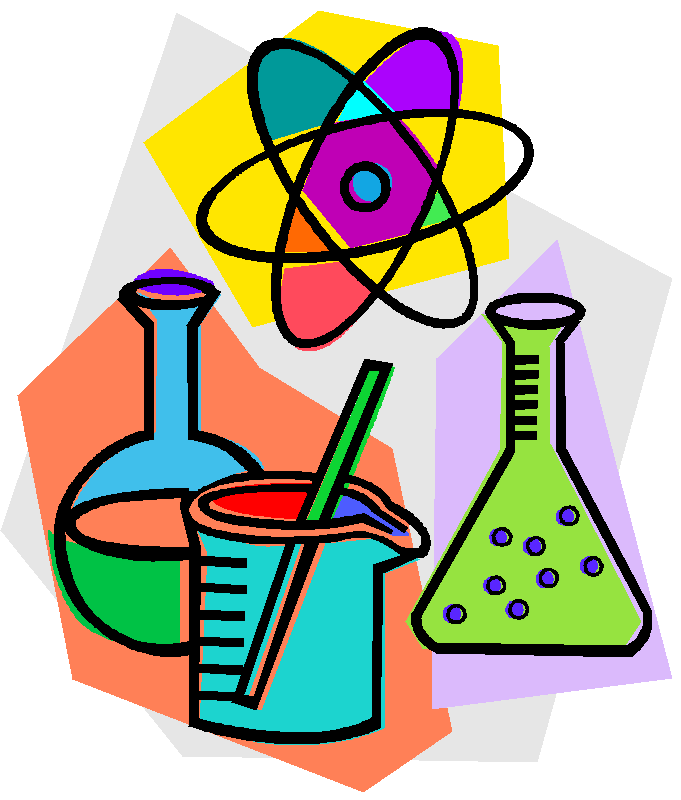
The following websites are extremely helpful in finding Science Fair project ideas.
http://www.all-science-fair-projects.com
This is the site we've used in class:
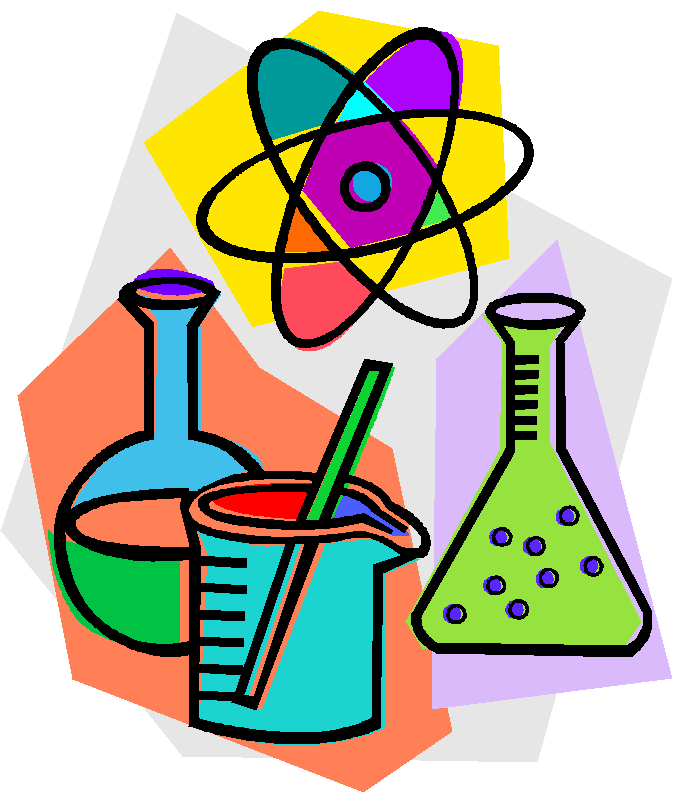 1. Purpose – Ask a Testable Question
1. Purpose – Ask a Testable Question
A Testable Question has 2 Parts:
Part 1: The part that is being tested. It is called the independent variable. This is the manipulated variable or the one that changes.
Part 2: The part that is being observed or measured. It is the dependent variable, or the responding (measured) variable.
YouTube video https://youtu.be/iaewZmc4TYQ
The question describes the relationship between the two parts:
How does the (independent variable) affect the (dependent variable)?
Example: How does the temperature affect the rate of seed germination?
What is the effect of the independent variable on the dependent variable?
Example: What is the effect of temperature on the rate of seed germination?
You MUST be able to measure your dependent variable.
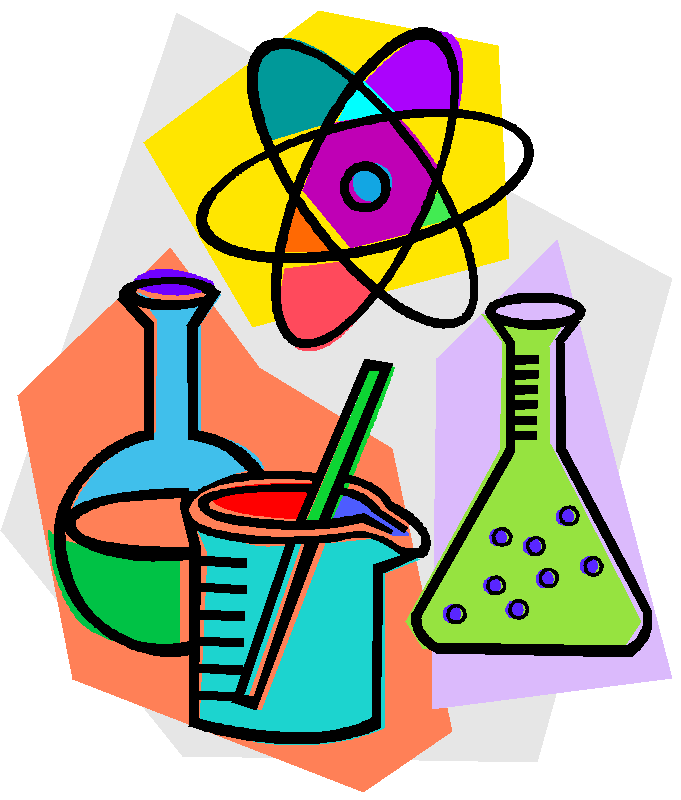 2. Conduct Your Research and Create a Bibliography
2. Conduct Your Research and Create a Bibliography
Once you have chosen your topic, it is important to research the written materials on your subject. By finding out as much information about the subject, you will gain a better understanding of your problem. *Follow these guidelines for conducting your research.
1. Read books and articles on your subject. Make sure this information is up to date (not older than 5 – 10 years).
2. You must use at least 3 resources.
3. In your log book, you will include only your notes from your sources. Use will use these notes to write the research paper in your formal report after you complete the entire experiment.
Bibliography
Make a list of all the books, magazines, internet articles, interviews, or other sources that were used. *Write your bibliography using the following format:
Books:
Author’s last name, first name. Book title. City of publication: Publishing Company, publication date.
Example:
Allen, Thomas B. Vanishing Wildlife of North America. Washington, D.C.: National
Geographic Society, 1974.
A Hypothesis includes a prediction about you believe, based on your research, will happen when your investigation is completed.
Follow these steps to complete a hypothesis:
- List observations or gained research knowledge you have about the variables.
- Write an if…..then statement describing what the effect of changing one variable on another variable. (This is a cause/effect relationship).
Example:
If (what will be changed with the independent variable), then (what will happen because of the change – dependent variable) because (use your observations or gained research knowledge to explain your belief).
If seeds are exposed to freezing temperatures for a short period of time, then the germination rate will increase because research indicates that certain seeds will germinate more quickly if they are put in a freezer before planting.
Make a list of all materials that you use.
Example:
16.7cm x 15.1cm Zip-Loc bags
60 uncooked butterbeans
(3) 27.9cm x 26.4cm paper towels
Permanent Marker
De-chlorinated tap water
Approximately 70 degrees Fahrenheit room
Approximately 38 degrees Fahrenheit refrigerator
Approximately 0 degrees FahrenheitWrite a set of directions for completing your experiment. Remember to write complete sentences and use punctuation.
Example:
1. Label the plastic bags as follows: Room temperature (control) bean, 50 degree F. (refrigerator) bean, 30 degree F. (freezer) bean.
2. Fold paper towels to fit in bags. Place in bags.
3. Place 20 beans in each bag.
4. Put each bag in proper place as said on bag label.
5. Leave undisturbed for 5 days.
6. After the 5 days remove the bags. Wet the paper towel with 15mL of dechlorinated tap water but leave the towel and seeds in bag. Towel should be moist but not soaking.
7. Place bags in warm, sunny spot.
8. Check every day for 10 days for germination. Keep towels moist.
9. Record your findings. Repeat as necessary.You will need to construct a table to collect your data. A table contains rows and columns.
- Give your data table a title. The title should contain your independent variable (the one that changes) and the dependent variable (the responding) and be at the top of your table. For example: Germination Rate of Butterbean Seeds vs. Temperature
- Make a row for each independent variable you are testing.
- Make a column for each dependent variable you are measuring.
- Include unit names for each measurement.
- Add an “Average” column or a “Total” column if applicable.
Example:
Germination Rate of Butterbean Seeds vs. Temperature
Days
Control – Room Temperature
Freezer
Refrigerator
1
0
0
0
2
2
0
1
3
6
2
4
4
5
6
7
8
9
10
*Keep recording daily for ten days.
You would need to conduct at least three trials. If after the three trials, you have the same results, then you can draw a conclusion.
This is what you observed. The graph is very helpful in visualizing the information as data, but the results should summarize the data that was collected.
A Scientific Conclusion has these parts in order:
- State the hypothesis.
- Include evidence from your data collection. Do not include all your data. Include a high and low, if possible – include averages, or appropriate central measures.
- Include a statement that analyzes the data.
- Include a statement that tells if the prediction was correct or incorrect. Use the sentence starter: Therefore my prediction was….(correct or incorrect).
Example:
The results of my experiment show that my hypothesis was incorrect. The seeds in the freezer germinated the fewest, while the ones at room temperature germinated the largest number of seeds.
Select a School...
Select a School
- A. R. Johnson
- Academy of Richmond County
- Richmond Hill Elementary School
- Barton Chapel Elementary School
- Bayvale Elementary School
- Belair Elementary school
- Blythe Elementary School
- Butler High School
- C.T. Walker Traditional Magnet
- Copeland Elementary School
- Cross Creek High School
- Cyber Academy of Excellence
- Davidson Fine Arts
- Deer Chase Elementary School
- Diamond Lakes Elementary School
- Freedom Park School
- Garrett Elementary School
- Glenn Hills Elementary School
- Glenn Hills High School
- Glenn Hills Middle School
- Goshen Elementary School
- Gracewood Elementary School
- A. Dorothy Hains Elementary School
- Hephzibah Elementary School
- Hephzibah High School
- Hephzibah Middle School
- Jenkins White Elementary School
- Jamestown Elementary School
- Lake Forest Hills Elementary School
- Lamar-Milledge Elementary School
- Lucy C. Laney High School
- McBean Elementary School
- Meadowbrook Elementary School
- Monte Sano Elementary School
- Alternative School at Morgan Road
- Murphey Middle School
- Performance Learning Center
- Pine Hill Middle School
- Richmond County Technical Career Magnet School
- eSchool
- Richmond Hill Middle School
- W.S. Hornsby Middle School
- Sue Reynolds Elementary School
- T.W. Josey High School
- Tobacco Road Elementary School
- Tutt Middle School
- W. S. Hornsby Elementary School
- Warren Road Elementary School
- Westside High School
- Wheeless Road Elementary School
- Wilkinson Gardens Elementary School
- Belair Middle School
- Marion E. Barnes Career Center
- Reaching Potential Through Manufacturing (RPM)


